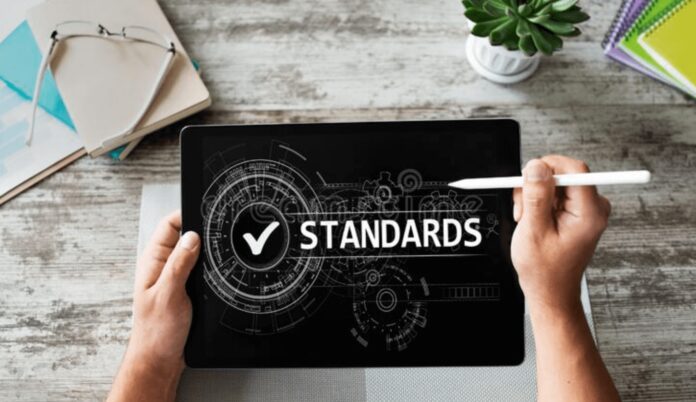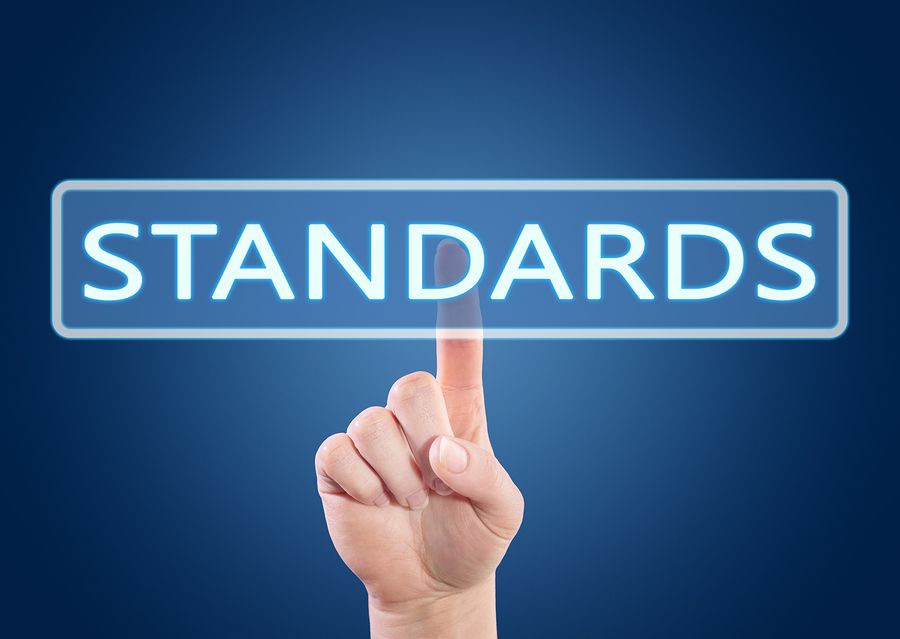
Product standard qualification is an integral part of product development and manufacturing. It ensures that the product meets the necessary standards and regulations to be approved and accepted by the market.
In this blog post, we’ll discuss what product standard qualification is, why it is necessary, and how companies can achieve it. We’ll also cover some tips for businesses looking to ensure their products meet the required standards and regulations.
So, if you’re interested in learning more about product standard qualifications, always check with the standard store for accurate information and not be left behind.
The Different Types of Standards

Product standards are vast, but they can be broken down into two main categories: voluntary and mandatory.
Voluntary standards are not legally required, but they provide a baseline level of safety and performance. They are typically issued by organizations interested in protecting consumers and upholding industry best practices.
Examples of voluntary standards include ISO 9000, which sets guidelines for quality management, and UL marks, which denote a product’s compliance with safety standards.
Mandatory standards are legally required and are usually imposed by government agencies. These standards aim to protect public health, safety, and the environment.
Examples of compulsory standards include CE certification, which indicates that a product complies with European Union safety requirements, and FDA approval, which is required for medical products in the United States.
In addition to these two main categories, other types of standards can apply to specific industries or products. For example, the automotive industry has its own set of criteria (such as ISO/TS 16949), and the food industry has its own set of standards (such as HACCP).
By understanding the different types of standards, companies can better prepare themselves to meet all applicable requirements when bringing a new product to market.
The Importance of Qualifying for Standards
It is essential to meet and maintain industry standards when developing or manufacturing a product. Measures ensure that the product is safe, reliable, and consistent. Meeting standards also boost consumer confidence in the development and increases the likelihood that the product will be accepted into the marketplace.
Various standards are available, ranging from simple industry guidelines to complex national and international regulations. Each standard has its criteria that must be met to qualify for certification.
Qualifying for a standard requires time, effort, and money, but it is an essential step in ensuring that the product meets all relevant standards. Qualifying for a standard ensures that the product has been designed and manufactured by the required means.
In addition to providing assurance to consumers, qualifying for a standard also helps protect manufacturers against liability claims related to product quality and performance. By ensuring that the product meets all applicable standards, manufacturers can reduce their potential legal exposure and help to protect themselves against litigation.
How to Qualify for Standards

When it comes to achieving product standard qualifications, it can be challenging to figure out where to start. Fortunately, there are a few steps you can take to ensure that your product meets the required standards.
The first step in qualifying for standards is to analyze your product or service. Take a close look at the features, components, and performance of your product or service. Consider any potential areas of risk or noncompliance with standard requirements.
Once you’ve identified your target standard, it’s time to research. You should investigate the standard’s requirements, additional guidelines or regulations, and other resources that may help you understand how to meet those requirements.
Once you understand the standard you need to meet, it’s time to begin testing your product or service. Testing should be conducted by an independent third party to ensure accuracy and compliance with the standard.
After testing, update your product or service to meet the standard requirements. If any changes are needed to meet the standard, document them for future reference.
Finally, make sure to document your entire process. Writing your strategy will help you keep track of what steps you have taken and can be helpful in the event of an audit or review.
The Benefits of Achieving Standards
When a product meets a certain standard, it is likely to be of higher quality and reliability than products that don’t. The benefits of achieving standards are numerous and can have a positive impact on your business.
First and foremost, meeting standards often brings increased customer satisfaction. Customers know they can trust the product they buy because it meets specific requirements.
This can help to boost sales and brand loyalty, as customers are more likely to return to a company if their experience with the product is positive. Finally, meeting standards can improve the reputation of your business.
Potential customers are more likely to choose a company that has achieved specific standards, as this reflects positively on the product or service quality. This can be especially beneficial for companies starting or trying to enter a new market.

Conclusion
Product standards provide a valuable measure of quality and safety assurance. Meeting or exceeding them can give you a competitive edge and make your products more attractive to customers. By understanding the types of standards, the importance of qualifying for them, and how to prepare, you’ll be better equipped to ensure that your product meets the highest standards.








